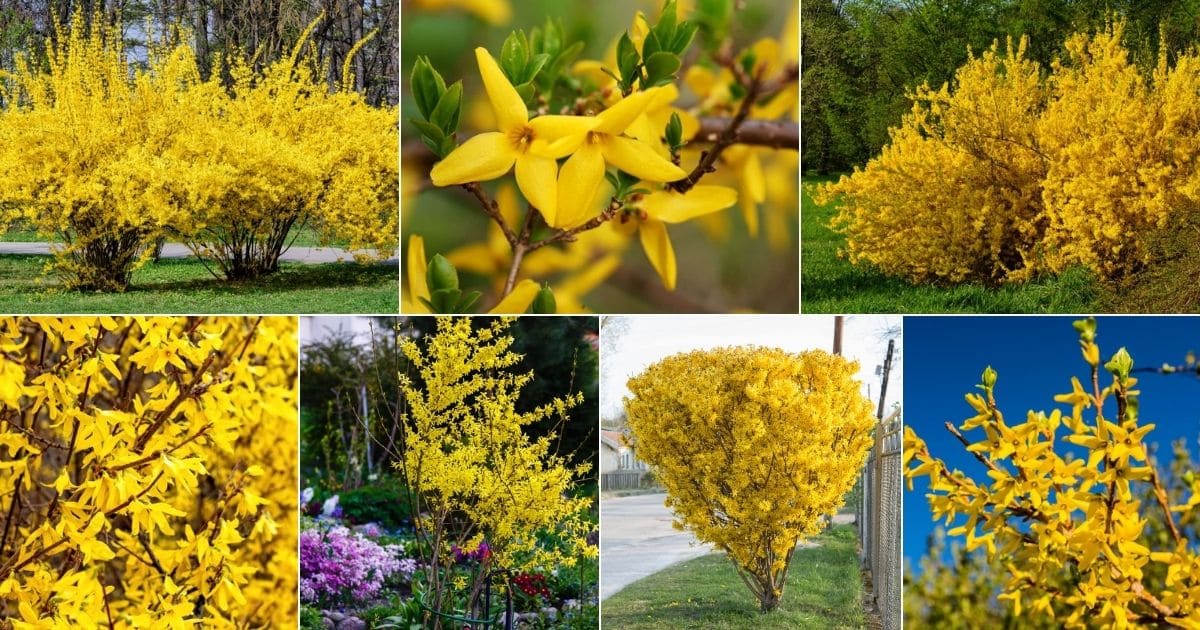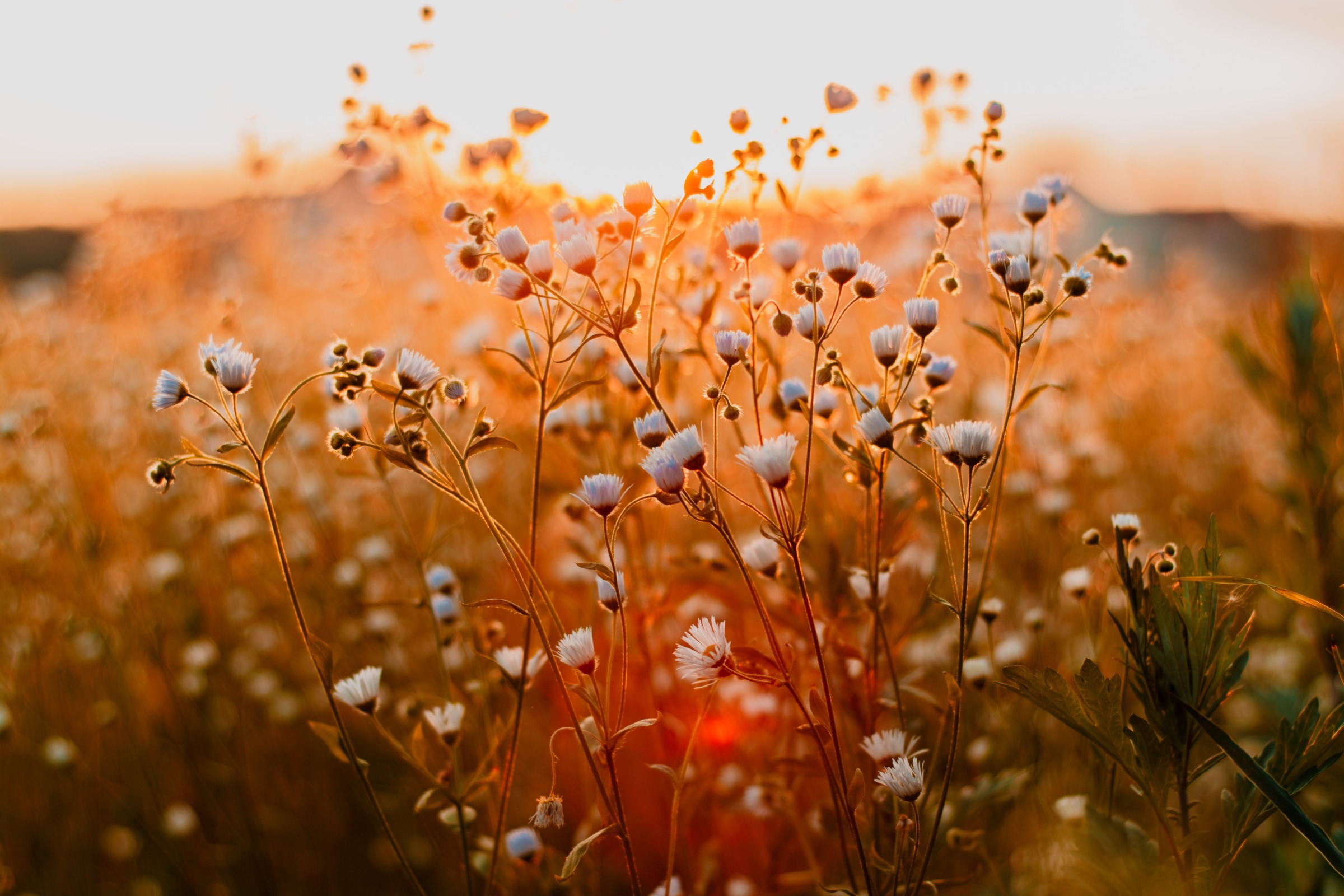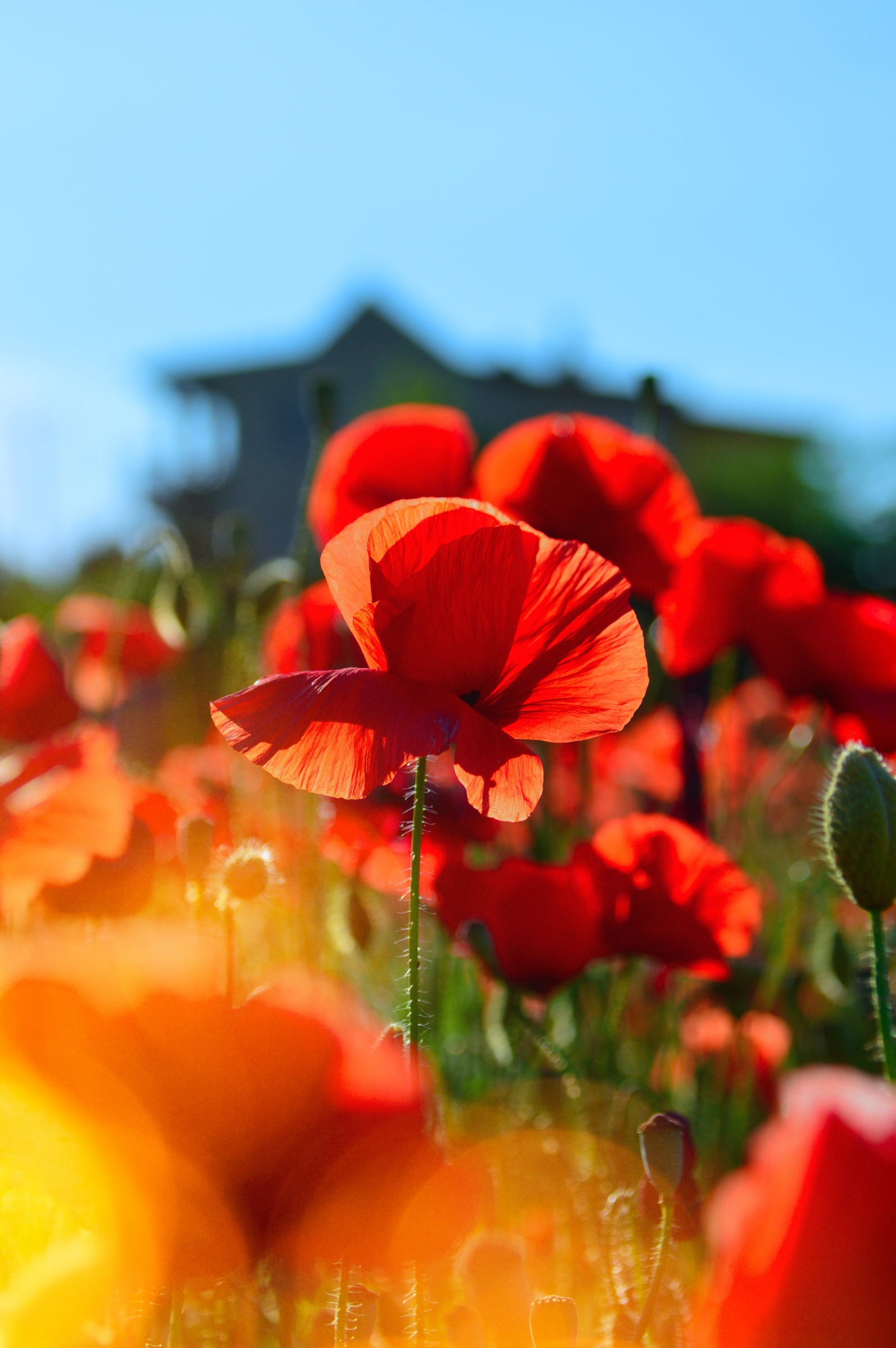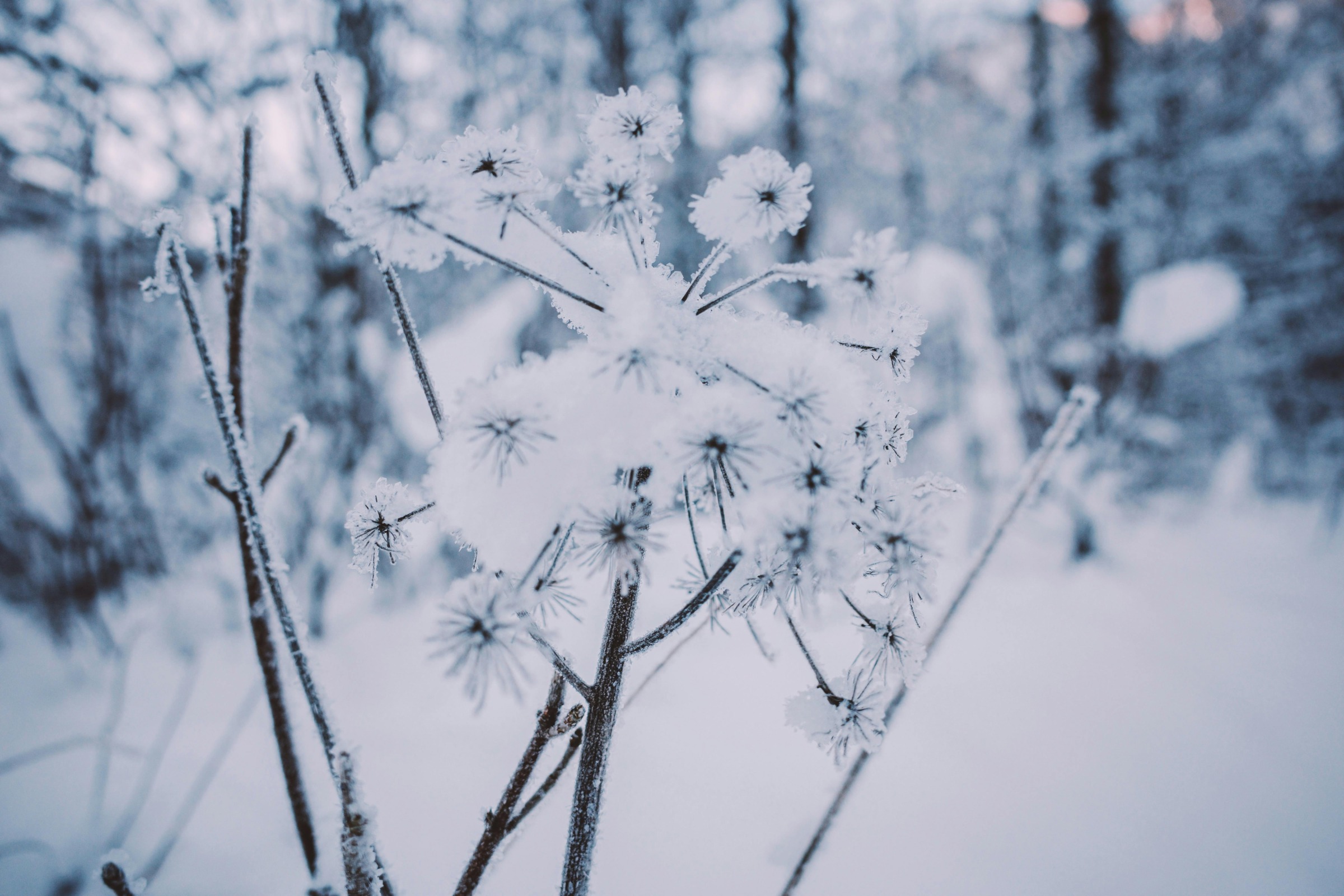Forsythia shrubs are beloved for their bright golden blooms in early spring, which provide cheer after a long winter. But what about care and interest after those flowers fade? In this complete guide, we’ll explore how to grow, prune and maintain forsythia from summer through fall for health and beauty all season long
Overview of Forsythia
Forsythia are deciduous shrubs that belong to the olive family Oleaceae. While native to East Asia, they have become naturalized across much of Europe and North America. Most species thrive in USDA Hardiness Zones 5-8, though flower buds can be damaged below -5°F to -10°F.
These fast-growing shrubs can reach 8-10 feet tall and wide at maturity. Give them ample space unless you’ll prune regularly. The bright yellow blooms appear on arching branches in early spring, lasting up to 2 weeks. They attract pollinators like bees and butterflies.
Forsythia make great borders or hedges, and provide a pop of color beside driveways cottages and in winter gardens combined with spring bulbs. They prefer full sun for maximal flowering but tolerate partial shade. Forsythia are adaptable to most soils thriving even in poor, dry conditions.
Summer Care for Growth and Health
Once spring blooms fade, forsythia’s green foliage takes center stage. Proper summer care promotes vigorous growth and health into fall:
-
Watering: Water regularly the first year, then only during droughts once established. Provide extra water during droughts.
-
Mulching: Apply 2-3 inches of organic mulch around the base to retain moisture and reduce weeds.
-
Pruning Prune out any dead wood or branches after flowering to maintain shape
-
Fertilizing: Apply a balanced organic fertilizer in late spring if needed to encourage growth.
-
Pest management: Watch for pests like aphids, scale and spider mites. Treat organically at first sight.
With proper irrigation, nutrition and pruning, forsythia’s leaves remain an attractive green backdrop all season long. Select disease-resistant varieties suited for your growing zone.
Fall Color and Preparation
While forsythia lacks outstanding fall foliage, some varieties offer richer hues:
-
Certain cultivars turn pale yellow or develop reddish-purple tints before leaf drop.
-
‘Spectabilis’ is known for reliable apricot to burgundy autumn color.
-
Otherwise, leaves simply fade to yellowish or nondescript brown before falling.
As temperatures cool in fall, focus on preparing forsythia for winter:
-
Discontinue fertilizing to harden growth before winter dormancy.
-
Water during dry periods until a hard freeze arrives.
-
Finish pruning by early fall to avoid winter damage to new growth.
-
Leave seed capsules on plants over winter to provide bird food and visual interest.
-
Apply 2-3 inches of mulch after ground freezes to insulate roots from cold damage.
-
Check for deer browse damage on branch tips and protect with fencing if needed.
Popular Forsythia Varieties
Many cultivars are available for specimen planting or hedges. Consider bloom time, mature size, hardiness and foliage when selecting varieties:
-
Lynwood Gold: Hardy buds, bright yellow blooms, good fall color.
-
Meadowlark: Very hardy, large size, pale yellow blooms.
-
New Hampshire Gold: Compact, hardy buds, yellow blooms.
-
Northern Gold: Very hardy, bright yellow blooms, leathery foliage.
-
Sunrise: Compact, hardy, smothered in small yellow blooms.
-
Gold Tide: Low mounding with smaller yellow blooms and foliage.
-
Gold Cluster: Compact habit, hardy buds, butter yellow blooms.
Growing and Pruning Guide by Season
Follow this timeline for growing, blooming and pruning forsythia in all four seasons:
Spring:
-
Plant in early spring while dormant or in fall.
-
Water well after planting and during dry spells.
-
Prune immediately after blooming to shape and improve flower production.
-
Remove spent blooms to highlight new foliage.
Summer:
-
Water regularly year one, then only during droughts.
-
Apply organic mulch around the base to retain moisture.
-
Watch for pests like aphids and spider mites.
-
Prune out dead wood or branches to maintain shape.
Fall:
-
Discontinue fertilizing by mid-fall.
-
Monitor soil moisture and water during dry periods until freeze.
-
Finish pruning by early fall to harden growth.
-
Scout for deer browse damage.
-
Apply winter mulch after ground freezes.
Winter:
-
Leave seed capsules on plants for winter interest and bird food.
-
Prune only if necessary to control size or shape.
By choosing disease-resistant varieties suited to your growing zone and following this seasonal care checklist, you can enjoy forsythia’s striking beauty from bloom through foliage all year long. A bit of attention to irrigation, nutrition and pruning will keep these flowering shrubs thriving season after season.
Final Tips for Growing Forsythia
Growing these classic spring flowering shrubs is mostly low maintenance. Follow these top tips to ensure success from planting through winter dormancy:
-
Select a variety suited to your USDA zone rated for -10°F or below to avoid bud damage.
-
Give forsythia full sun for heaviest flowering. Morning sun is essential.
-
Plant in early spring or fall. Space plants 5-10 feet apart depending on mature spread.
-
Water deeply after planting and during drought. Fertilize in spring if needed.
-
Prune immediately after blooming, never in summer or fall. Remove older branches at ground level.
-
Check for pests like aphids or mites. Apply organic treatments promptly. Deer are not a major concern.
-
Discontinue fertilizing by mid-fall. Apply winter mulch after ground freezes.
With their vibrant spring blooms, graceful arching branches and hardy nature, forsythia have remained garden favorites for generations. By following these growing, pruning and care tips as the seasons change, you can enjoy their beauty and dependability for years to come.

Latest from Wisconsin Yard & Garden
If you’re unable to find the information you need, please submit your gardening question here:
Featured Articles by Season




Which Forsythia is Right For You?
FAQ
Does forsythia bloom twice a year?
-
Syracuse.comhttps://www.syracuse.comReader wonders: Why is my forsythia blooming in the fall? – Syracuse.comDec 9, 2015 — Forsythia bushes normally bloom in early to mid-April. They only bloom once a year; they are not repeat flowering. They start making the flower buds …
What is the old wives tale about forsythia bushes?
First, have you heard the saying, “Three snows after the forsythia bloom?” There are plenty of folks here in Ohio that swear by this saying and this one seems to be true year after year.
Should forsythia be cut back in the fall?
-
Flower Bud Removal:Forsythia develops flower buds on one-year-old wood during the growing season. Pruning in the fall would remove these flower buds, resulting in fewer or no blooms the following spring.
-
Timing for Pruning:The ideal time to prune forsythia is after it has finished flowering, allowing it to continue developing new growth and flower buds for the next season.
-
Severe Pruning in Winter:If you have an overgrown or neglected forsythia, it’s better to prune it back in late winter or early spring while it’s dormant. This allows you to see the plant’s structure clearly and remove dead or diseased wood without impacting the current year’s flowers.
How to care for forsythia in summer?
Forsythias prefer well-drained, evenly moist soil but tolerate other soil types. They can even handle clay soil if it is amended to drain well. Water the shrubs once a week unless it rains and even more frequently the first year. Forsythia shrubs can handle some drought after they are established.
